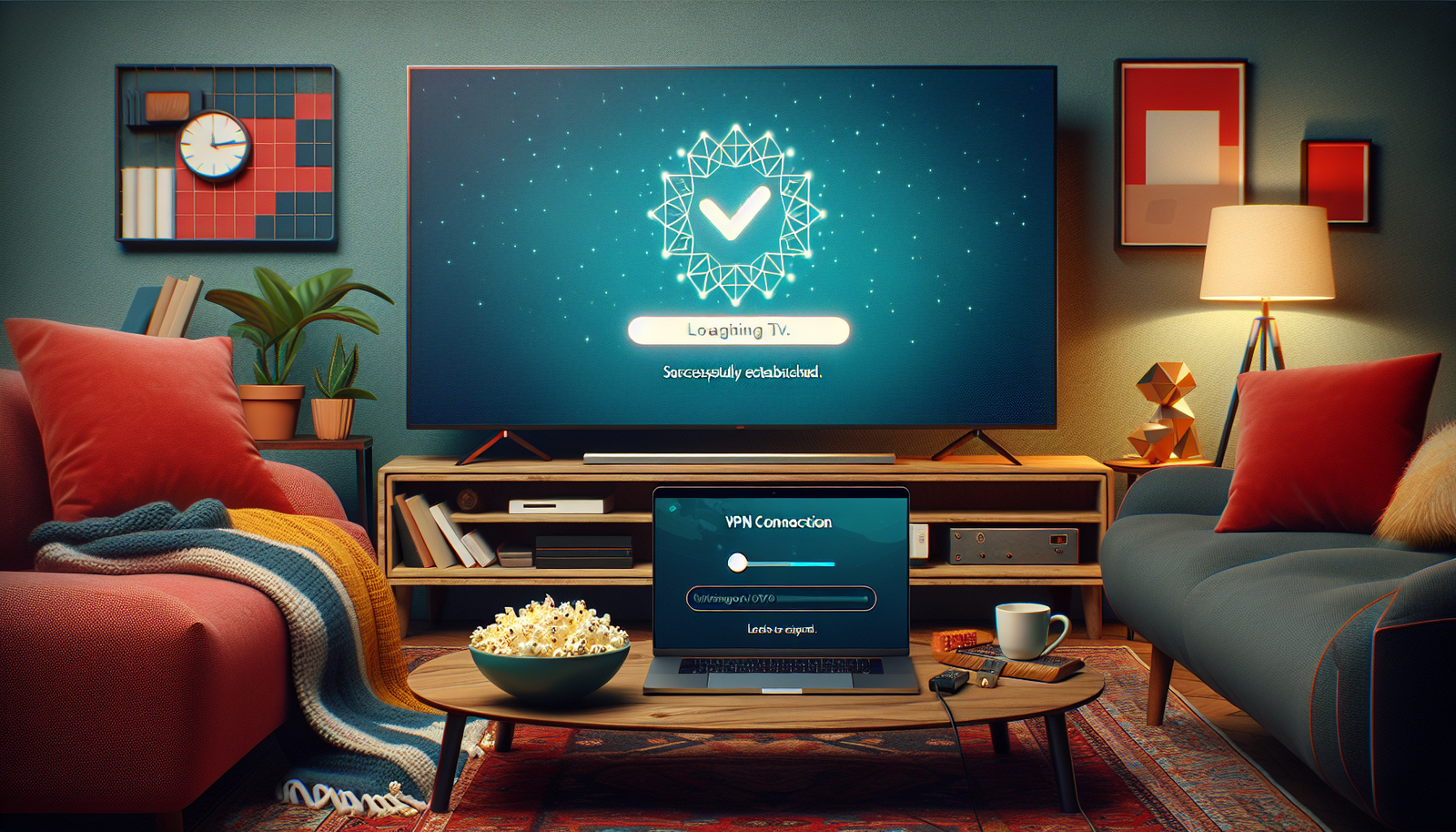How to Stream Video to Your TV via a VPN
Streaming your favorite shows and movies from a VPN-connected device to your TV can greatly enhance your viewing experience. With the right setup, you can bypass geo-restrictions and access content from anywhere in the world. This guide will walk you through different methods to stream video to your TV while using a VPN.
Understanding the Need for a VPN
A Virtual Private Network (VPN) allows you to change your virtual location, making it appear as if you are accessing the internet from another country. This is particularly useful for accessing streaming services that may have different content libraries based on geographic locations. For example, a title available on Max in the U.S. might only be accessible on a different service in the U.K. or South Korea.
How to Choose a VPN for Streaming
Before diving into the setup, ensure you have a reliable VPN service. Look for one that specifically mentions streaming capabilities and offers a good selection of global servers. It’s best to opt for a paid service over free options, which may compromise your data security and provide inadequate performance.
Methods for Streaming Video to Your Smart TV
1. Direct Installation on Smart TV:
For smart TVs running popular operating systems like Amazon Fire TV or Google TV, the easiest method is to install the VPN directly from their app stores.
-
Fire TV:
- Navigate to the app store and search for your VPN.
- Download, log in, and connect to the desired server.
-
Google TV:
- Install your VPN app, input your credentials, and activate it before streaming.
2. Using Apple TV:
If you own an Apple TV and it runs tvOS 17 or later, you can install compatible VPN apps directly. If your version is earlier, consider alternative methods to connect through your router.
3. Screen Mirroring:
If your TV supports AirPlay or Google Cast, you can stream from a VPN-enabled device like your phone or tablet.
-
AirPlay: Start your VPN, play your content, and select the AirPlay icon to cast to your TV.
-
Google Cast: Ensure your VPN is running, play your video, and use the cast feature to send it to your screen.
4. HDMI Connection:
For those who prefer a wired connection, connecting your device directly to your TV using an HDMI cable may be the simplest option. Launch your VPN, open your streaming app on your device, and your TV will mirror your device’s display.
5. Whole-House VPN Setup:
If you’re feeling adventurous, consider setting up a VPN on your router. This method allows every device connected to the network to bypass geo-restrictions without needing to connect to a VPN individually. However, it requires advanced knowledge, as you’ll need to configure settings and possibly install custom firmware.
Conclusion
Setting up a VPN for streaming on your TV can unlock a world of content that may otherwise be inaccessible. By following the above methods, you can enhance your streaming experience and access a broader range of shows and movies. Whether you choose to connect directly, mirror from a device, or establish a connection at the router level, the right setup can make all the difference in your entertainment enjoyment.
For further deals on VPN services, check the latest offerings including discounts available during holiday sales.

